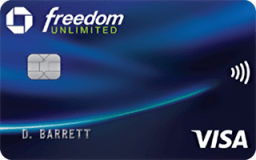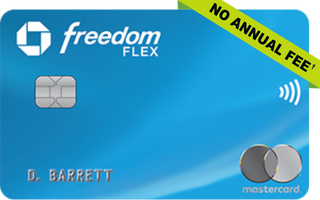The Chase Freedom Flex® Card and the U.S. Bank Cash+® Visa Signature® Card are both strong contenders in the cash back category, offering no annual fees and enticing introductory APR offers. The U.S. Bank Cash+ edges out slightly with a higher cash back potential in selected categories.
But the Chase Freedom Flex Card's rotating quarterly bonus categories and rewards on travel and dining make it a compelling option, especially if you prefer the Chase ecosystem. Their rewards programs are versatile for various spending. While the U.S. Bank Cash+ may be the frontrunner for its slightly higher cash back score, the Freedom Flex should not be overlooked for its unique rewards structure and bonus categories.
















